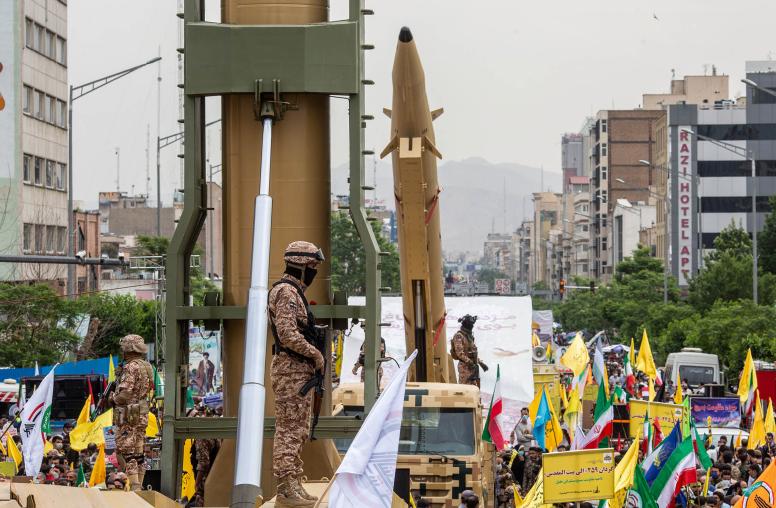Iran’s Youth Energy that Elected Rouhani Shows in Parkour, Fashion Fever
“Religiously illegal” swimwear might sound predictable coming from Iran. But what about “a refreshingly casual look for the chador” or young Iranians scaling walls for sport? These kinds of trends reflect the energy of youth in Iran, and new President Hassan Rouhani owes his election to them.

“They’re the determinators—the politically savvy, socially sassy, and media astute young of Iran,” USIP Distinguished Scholar Robin Wright says in the first of a four-part series on the Iran Primer web site. “And they count, quite literally, as never before.”
The series explores the state of Iran’s young people – literacy, drug use, the origin of the youth bulge, as well as an emerging fashion rebellion and the role of sports and pastimes like parkour. Illustrated with stunning photo slide shows of top designers and mesmerizing videos of young men flipping over benches in “parkour fever,” the stories explore what drives this generation.
Wright cites the statistics like the two-thirds of Iran’s 75 million people who are under 35. USIP Program Assistant Garrett Nada points out that they have few ways of burning off steam in their restrictive society, so they’ve “turned almost fanatically to sports.”
“The first post-revolution generation now includes some world-class athletes—both male and female—as well as millions of diehard sports fans,” Nada writes in his sports story. “Iran’s youth claimed 12 medals at the 2012 London Olympics—more than any other Middle Eastern country.”
USIP Program Assistant Maral Noori highlights the work of fashion designers like Naghmeh Kiumarsi and Farnaz Abdoli in the “current extreme makeover.”
“Fiery reds, flashy yellows, bright blues and brassy greens are replacing the dark, drab and dreadful—and defying rigid dress restrictions that have inhibited Iranian women from showing their shapes or individuality since the 1979 revolution,” Noori writes in part three of the series.
Crushed rebellions notwithstanding, Iran’s youth are getting bolder once again.
“In a telling sign of changing times, Iran’s young have even popularized rap as the rhythm of dissent in the world’s only modern theocracy,” according to Wright. “They hold back little in their warnings to the regime.”
Viola Gienger is a senior writer at USIP.



